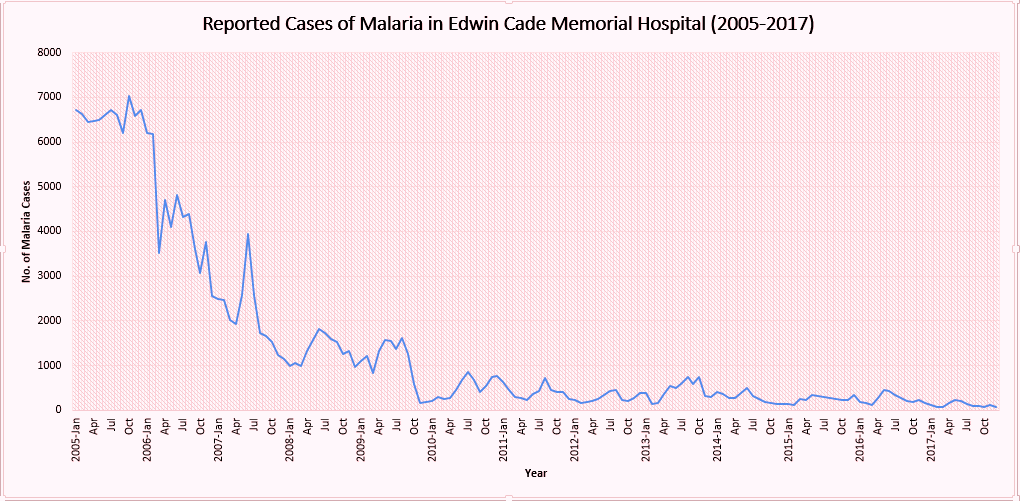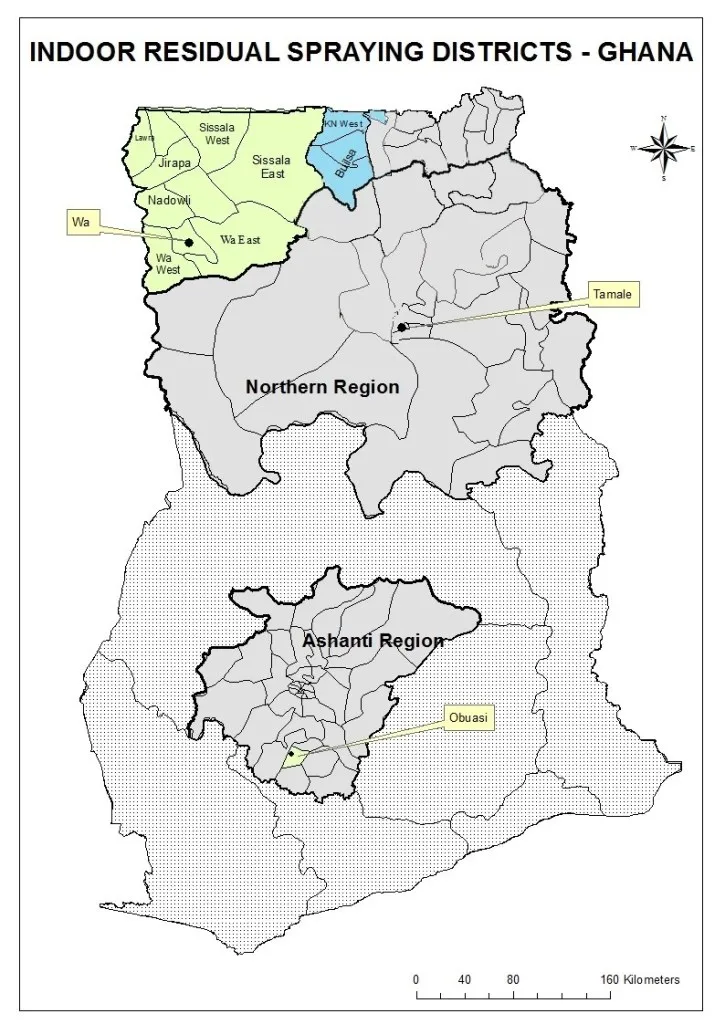OUR HISTORY
AngloGold Ashanti Limited was formed in June 1998 with the consolidation of the gold mining interests of Anglo American plc. Following the combination of AngloGold and Ashanti Goldfields Company Limited, the company was renamed AngloGold Ashanti Ltd in April 2004. It became AngloGold Ashanti plc in September 2023 after implementing a corporate restructure which included a change in domicile to the United Kingdom. AngloGold Ashanti has a portfolio of assets in the world’s key gold producing regions: Tanzania, the DRC, Ghana, Guinea, Australia, the USA, Brazil, Argentina and Colombia. It has a track record of greenfields and brownfields exploration success.The company’s primary listing is on the New York Stock Exchange and its headquarters are in Denver, Colorado in the USA. It is also listed on the South Africa and Ghana stock exchanges.
In 2004, the company identified malaria as the biggest public health threat to its operations in sub-Saharan Africa.In 2005, the Mine Hospital recorded over 6,800 malaria cases each month out of which 2,500 were mine workers. An average of 3 days taken off work per patient meant 7,500 man shifts lost per month. Also, slow work rate during recuperation resulted in a major loss in productivity. Costs of malaria medication for treatment of AGA employees was over US$55,000 annually.
In view of this a comprehensive malaria control programme was launched in 2005 to address this menace which was impacting productivity on the mine. The initial objective was to reduce the burden of malaria in Obuasi by 50% within the first two years of IRS operations.
In 2008, AngloGold Ashanti receives Global Fund (GF) grant of $133 million to scale up IRS from one district to 40 districts in partnership with MOH/NMCP. Between 2012 and 2014, the AngloGold Ashanti Malaria program had scaled IRS in the country from one district in the Obuasi Municipality to 25 operational districts (3 other districts in the Ashanti Region, 1 in the central region, 3 in the western region, 1 in the northern region, 8 in the upper west and east regions each).

In 2014, the NMCP undertook a country reprioritization of interventions and this resulted in IRS being deployed in areas where there was a malaria prevalence rate of above 50% (MICS, 2011). This meant that IRS was going to be deployed only in the upper west which had a malaria prevalence of 51% and a resultant withdrawal from the 17 other operational districts. However, Obuasi was still maintained as malaria control was an initiative of AngloGold Ashanti as part of its corporate social responsibility. The Global Fund also reduced IRS funding to $15.5 million under the New Funding Model for 2015 – 2016 operational season.
The program continues to be a life-saver and beneficiaries are extremely excited about the IRS initiative. Preliminary data from sentinel sites are indicative of some modest gains with respect to malaria morbidity in implementing districts.
The Program has enjoyed tremendous support and recognition from the communities, local government, Ministry of Health and the National Malaria Control Program till date. There are collaborations and partnership initiatives with reputable research institutions to strengthen the Monitoring and Evaluation component of the grant.

